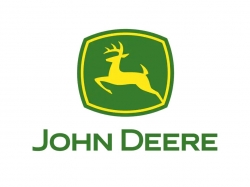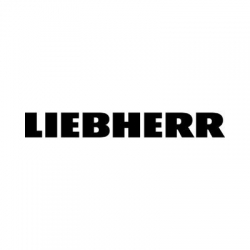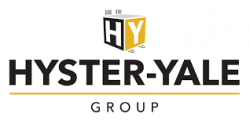Day 1: Wednesday, June 26
Opening keynote
 Mark von Pentz
Mark von PentzSenior advisor, office of the chairman
Deere & Co.
Germany
Smart machine features of the future and their validation
 Dr Manuel Boes
Dr Manuel BoesHead of emerging technologies
Liebherr Group
Austria
From innovation to adoption – commercialization of hydrogen-powered industrial vehicles
 Neha Roy
Neha RoyInnovation lead
Hyster-Yale Group
Netherlands